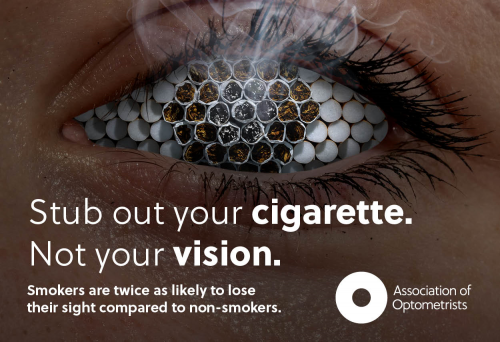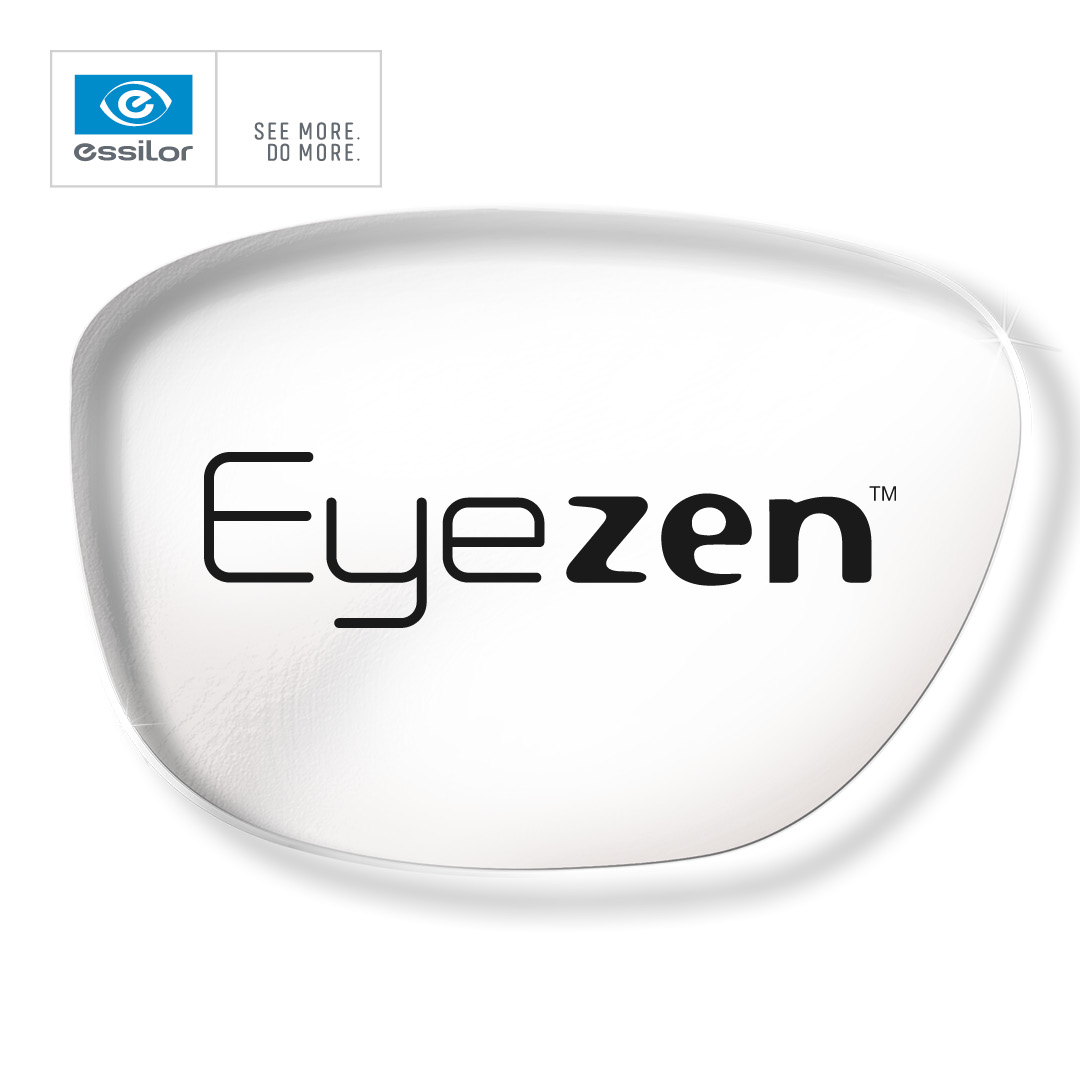Blepharitis
Common eye conditions
Blepharitis
Blepharitis is simply an inflammation of the eyelid margins. It is very common, particularly so in people with blue eyes and fair complexions, and is a chronic (long-term) condition which will go through cycles of improvement and deterioration. In most cases there will be no permanent cure, it is just a matter of managing each episode as it arises. It is not sight threatening but can be the cause of mild to moderate discomfort, and can be of cosmetic concern, as the eyelids can become red and swollen.
It may be associated in some people with a mild bacterial infection, or can be related to a generalised skin condition such as acne rosacea or scalp dandruff. There are two forms, anterior or posterior blepharitis, and regardless of which type you have (and some people have both types), you may suffer with dry, itchy and irritable eyes, excess watering and red eyelid margins. Long-term effects can include loss of eyelashes, dry-eye (which can increase the risk of corneal infections and ulcers) and the eyelids can turn in towards the eye, or out away from the eye.
Treatment
Treatment should be considered for those people who are symptomatic and those who wish to wear contact lenses. Treatment is also advisable for people who are about to undergo eye surgery such as cataract extraction.
There is no simple cure and it is likely that any treatment will need to be used indefinitely.
Treatment is centred round a routine of local heat, scrupulous lid hygiene, tear supplements and in some cases oral antibiotics from your GP.
In anterior blepharitis, dry skin builds up on the eyelashes and on the margins of the eyelids, which become red and itchy. Posterior blepharitis involves meibomian glands which are located in the eyelids. These normally produce a clear, oily solution which is responsible for the stability of the tear film but in blepharitis the oil is replaced by a thicker waxy secretion, with the result that the tear film becomes watery and unstable, causing symptoms of a dry eye.
Following your eye examination we would recommend the following routine:
- Hot Compress: Use a heated eye pad in accordance with the manufacturers instructions and apply this to the closed eye for at least 6-10 minutes, taking care not to scald the face. It takes about this length of time for the heat to penetrate and soften the contents of the meibomian glands, and to loosen scales sticking to the eyelashes.
- Massage: Wrap a tissue or lid scrub around your index finger and apply gentle pressure over your upper eyelid in a downward motion, then over the lower eyelid in an upward motion. This process helps express the waxy contents out of the clogged-up glands.
- Lid Wipes: Use the tissue or lid scrub to wipe the eyelashes and eyelid margins to remove any softened scales or expressed gland contents.
If oral antibiotics are recommended then your family doctor will be advised. You will need to make an appointment to see him/her.
Recently, some authorities have suggested that regularly taking flax seed oil supplements (omega-3 fatty acids) may be beneficial. Whilst this is not a proven therapy, sufferers of blepharitis might want to consider taking these.
Wearing eye make-up may aggravate blepharitis and so it is wise to reconsider the need for this; certainly it is advisable not to use eyeliner on the lid margins, and to ensure that any makeup is thoroughly removed.









